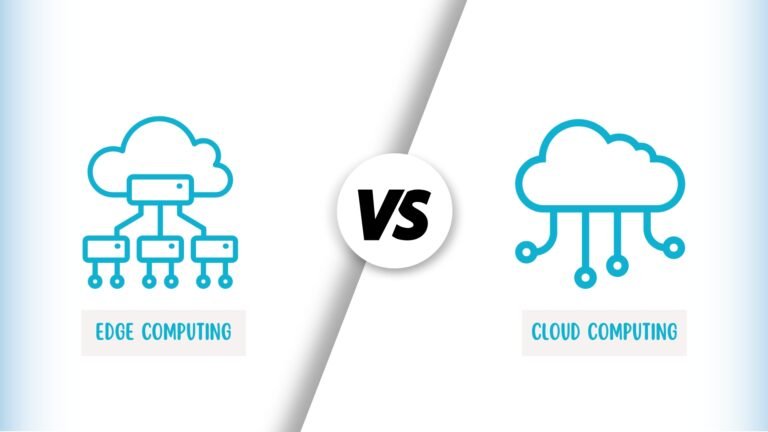As we approach 2025, the interplay between artificial intelligence and cybersecurity is set to reshape our approach to data protection. With AI enhancing threat detection and response capabilities, organizations face both new opportunities and challenges in safeguarding sensitive information. The rise of sophisticated cyberattacks, such as targeted phishing and automated ransomware, necessitates a reevaluation of traditional defense mechanisms. Yet, amid these advancements, the critical role of foundational practices like data encryption and employee training cannot be overlooked. What strategies will emerge as essential to navigate this complex landscape effectively?
The Evolving Threat Landscape
The evolving threat landscape in cybersecurity is increasingly characterized by the integration of artificial intelligence (AI) technologies, which both enhances defensive capabilities and amplifies the sophistication of cyberattacks.
Notably, phishing attacks have become more personalized through AI, while ransomware evolution leverages machine learning to automate and optimize attacks.
This convergence of technologies necessitates a vigilant approach to safeguarding sensitive data and maintaining freedom in digital spaces.
AI-Powered Cybersecurity Solutions
Numerous organizations are increasingly adopting AI-powered cybersecurity solutions to enhance their defenses against sophisticated cyber threats. Leveraging machine learning algorithms, these solutions facilitate real-time threat detection, significantly reducing response times. The table below illustrates the benefits and challenges associated with AI integration in cybersecurity.
| Benefits | Challenges |
|---|---|
| Enhanced threat detection | Data privacy concerns |
| Automated responses | Implementation costs |
| Scalability | Skill gap in workforce |
| Continuous improvement | False positives |
Best Practices for Data Protection
Implementing effective data protection strategies is essential for organizations seeking to safeguard sensitive information in an increasingly complex threat landscape.
Key best practices include robust data encryption to shield data at rest and in transit, along with stringent access controls that limit permissions to authorized personnel only.
These measures collectively fortify the security framework, empowering organizations to maintain the integrity and confidentiality of their data.
Future Trends in Cybersecurity
As organizations increasingly adopt artificial intelligence (AI) technologies, the landscape of cybersecurity is poised for significant transformation.
Future trends will prominently feature quantum encryption, providing unprecedented data protection against evolving threats.
Additionally, regulatory compliance will become more stringent, necessitating adaptive strategies to safeguard sensitive information.
Emphasizing these advancements will empower organizations to maintain autonomy while ensuring robust security measures in an increasingly complex digital environment.
Conclusion
In 2025, the integration of artificial intelligence into cybersecurity strategies will redefine data protection measures. With predictive analytics, 70% of cyberattacks are anticipated to be detected and neutralized before they inflict damage, illustrating AI’s transformative potential. However, reliance on technology alone will not suffice; continuous employee training, robust data encryption, and stringent access controls must remain integral components of cybersecurity frameworks. A collaborative industry approach is essential to adapt to evolving threats and enhance overall resilience against cyber risks.



